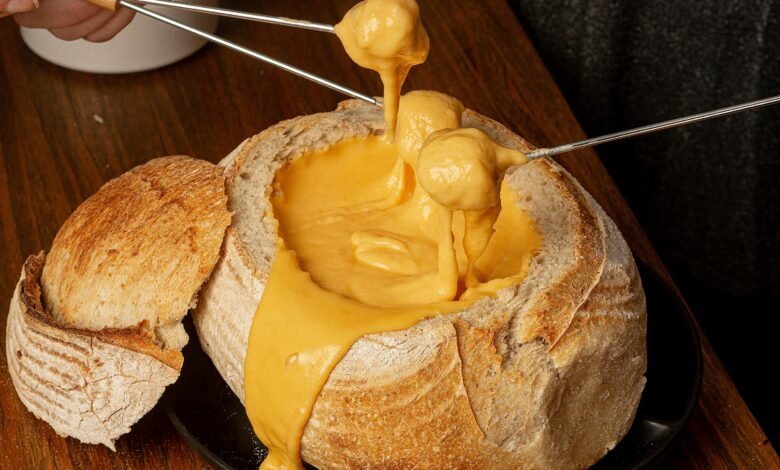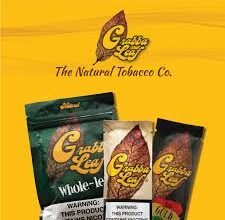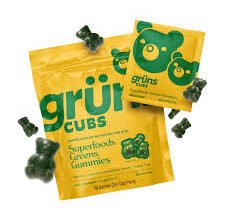Swiss Cheese: The Story, Taste, and Tradition Behind the World’s Most Iconic Cheese

Few foods are as recognizable as Swiss cheese. Its pale yellow color, nutty aroma, and signature holes have made it one of the most famous cheeses in the world. Whether you see it melted on a sandwich or served with fruit and wine, Swiss cheese stands out both for its flavor and its story.
I remember the first time I tried authentic Swiss cheese during a trip to Switzerland. The difference between the real thing and the supermarket versions was incredible. It had a deep, nutty taste with a slight sweetness that lingered pleasantly. It wasn’t just food — it felt like a piece of history.
Swiss cheese isn’t just one cheese; it’s a family of traditional cheeses that originated in Switzerland and later inspired versions worldwide. It’s rich in tradition, flavor, and craftsmanship.
2. The Origin and History of Swiss Cheese
Swiss cheese has ancient roots. It dates back to the Middle Ages when Swiss farmers in the Emmental Valley began using surplus milk to make cheese that could be stored through long winters.
The cheese became known as Emmental, after the region. Over time, other varieties like Gruyère, Appenzeller, and Sbrinz emerged. These cheeses were not only staples in local diets but also a form of trade currency in medieval Switzerland.
As Swiss immigrants moved abroad, particularly to the United States, they brought their cheesemaking traditions with them. That’s how the term “Swiss cheese” became a generic label for cheeses with similar characteristics — especially those with holes.
The American version, while inspired by Emmental, is usually milder and softer. But both share the same heritage: a proud Swiss tradition of excellence in cheesemaking.
3. How Swiss Cheese Is Made — From Milk to Masterpiece
Making Swiss cheese is a detailed process that requires time, patience, and precision. Traditional Swiss cheese is made using cow’s milk, often from cows that graze in Alpine meadows. Their diet of fresh grass and wild herbs gives the milk its rich flavor.
The steps typically include:
-
Curdling: Milk is heated and combined with rennet, which helps it curdle.
-
Cutting and Heating: The curds are cut into small pieces and gently heated to release whey.
-
Pressing: The curds are pressed into large wheels to remove moisture.
-
Salting and Aging: After pressing, the cheese is salted and aged in cool, humid cellars for months — sometimes years.
But here’s where it gets interesting: as the cheese ages, bacteria like Propionibacterium freudenreichii release carbon dioxide gas. These tiny gas bubbles form the famous holes, or “eyes,” in Swiss cheese.
The process takes time — anywhere from three months to a year, depending on the variety. The longer it matures, the deeper and nuttier the flavor becomes.
4. The Secret Behind the Holes in Swiss Cheese
Those holes — or “eyes” — are what make Swiss cheese instantly recognizable. For years, even scientists debated what caused them.
We now know the answer: it’s all about bacteria and gas. When the cheese ferments, carbon dioxide gets trapped inside. Over time, it pushes against the curd, forming round openings.
Interestingly, the size of the holes depends on the aging environment. Cheeses aged longer or at slightly warmer temperatures tend to have larger holes.
There’s even a Swiss law regulating hole size — too large, and the cheese is considered non-traditional!
Modern cheesemakers have also discovered that fewer holes appear when milk is cleaner and less dusty. In older times, bits of hay dust from milking barns helped create more gas pockets.
So yes, the holes are literally a beautiful accident of nature and craftsmanship combined.
5. Types of Swiss Cheese and What Makes Each Unique
Swiss cheese is not just one variety — it’s a whole category of Alpine cheeses. Here are some of the most popular:
-
Emmental: The original “Swiss cheese.” Mild, nutty, and full of holes.
-
Gruyère: A stronger, creamier cheese without large holes. Perfect for fondue and French onion soup.
-
Appenzeller: Tangy, spicy, and aromatic due to its herbal brine wash.
-
Raclette: Melts beautifully; traditionally scraped over potatoes.
-
Sbrinz: A hard, aged cheese similar to Parmesan.
Each type has its own texture and taste, but all share the hallmarks of Swiss craftsmanship — purity, patience, and balance.
6. Taste, Aroma, and Texture
Swiss cheese has a distinctly nutty, slightly sweet flavor. Younger Swiss cheese tastes mild and creamy, while aged versions have a deeper, more complex taste with a firmer texture.
The aroma is often described as earthy and buttery, reminding you of fresh milk and Alpine meadows.
Texture-wise, Swiss cheese is semi-hard, smooth, and elastic. It melts easily, making it a favorite in sandwiches, casseroles, and fondues.
7. Nutritional Benefits and Health Considerations
Swiss cheese isn’t just delicious — it’s nutritious, too. It’s packed with:
-
Protein: Supports muscle health and growth.
-
Calcium: Strengthens bones and teeth.
-
Vitamin B12: Boosts energy and brain function.
-
Zinc and phosphorus: Support immune health.
Swiss cheese is lower in sodium compared to many other cheeses, which makes it a relatively healthy option in moderation.
However, it is high in saturated fats, so portion control is key. Adding it to balanced meals — such as with whole grains, fruits, and vegetables — is a smart way to enjoy it healthily.
8. Cooking with Swiss Cheese: Classic Dishes and Modern Twists
Swiss cheese is incredibly versatile. You can melt it, slice it, or even shave it into salads.
Some classic dishes include:
-
Cheese fondue: A traditional Swiss dish where cheese is melted with wine and garlic.
-
Croque Monsieur: A French grilled sandwich using Swiss cheese.
-
Reuben sandwich: The American classic with corned beef, sauerkraut, and Swiss cheese.
-
Quiche Lorraine: Creamy egg custard baked with Swiss cheese.
Modern recipes use Swiss cheese in burgers, omelets, and baked potatoes. Its mild yet distinct taste makes any dish richer.
9. Pairing Swiss Cheese with Wine and Bread
Few pairings are as satisfying as Swiss cheese and wine. The mild, nutty flavor goes well with both red and white wines.
Try pairing Gruyère with Pinot Noir, or Emmental with a crisp Chardonnay. For something traditional, pair Swiss cheese with dry white Swiss wines like Fendant.
Add some crusty rye or sourdough bread, and you have a perfect, rustic meal.
10. Buying and Storing Authentic Swiss Cheese
When buying Swiss cheese, always look for the “Switzerland” label or PDO (Protected Designation of Origin) mark. This ensures authenticity.
Store it wrapped in wax or parchment paper, not plastic. Keep it in the fridge, ideally in the cheese drawer, to maintain humidity.
If it develops a thin white crust, that’s natural aging — not spoilage. Just cut it off before serving.
11. Swiss Cheese Around the World
Today, Swiss cheese is produced globally, especially in the United States, Canada, and Australia. However, the authentic varieties made in Switzerland remain unmatched in flavor and quality.
American Swiss cheese tends to be milder and more uniform in texture — great for sandwiches but less complex than the original Alpine cheeses.
12. My Personal Thoughts and Experience
As someone who loves food and culture, I’ve always been fascinated by Swiss cheese. When I visited a small dairy farm in the canton of Bern, I watched cheesemakers working in a centuries-old wooden hut, stirring curds by hand. The air was filled with the rich scent of milk and hay.
Tasting cheese that had aged for a year, I could sense the dedication behind every wheel. It reminded me that Swiss cheese isn’t just a food — it’s a living piece of Swiss heritage.
13. Fun Facts and Myths
-
Swiss cheese doesn’t always have holes. Some varieties, like Gruyère, are hole-free.
-
The holes used to be considered flaws in cheese quality.
-
Switzerland has more than 450 cheese varieties, not just the ones we commonly know.
-
Swiss cows often graze above 1,000 meters, giving their milk unique flavor notes.
14. Conclusion
Swiss cheese is more than a kitchen ingredient — it’s a story of nature, tradition, and patience. From its birth in Alpine valleys to its global fame, it represents centuries of craftsmanship.
Whether you enjoy it melted in fondue or sliced on rye bread, Swiss cheese is a reminder of how simple ingredients — milk, bacteria, and time — can create something extraordinary.
15. FAQs
Q1: Why does Swiss cheese have holes?
They’re formed by carbon dioxide gas released by bacteria during fermentation.
Q2: What’s the most famous type of Swiss cheese?
Emmental is the most famous and the origin of the “Swiss cheese” name.
Q3: Is Swiss cheese healthy?
Yes, in moderation. It’s rich in protein and calcium but high in fat.
Q4: How long does Swiss cheese last?
Properly stored, it can last 3–4 weeks in the fridge or longer if vacuum-sealed.
Q5: What wine pairs best with Swiss cheese?
White wines like Chardonnay or light reds like Pinot Noir complement it beautifully.




